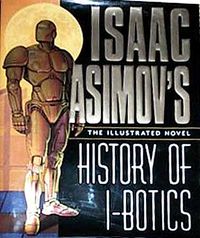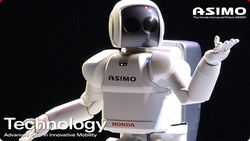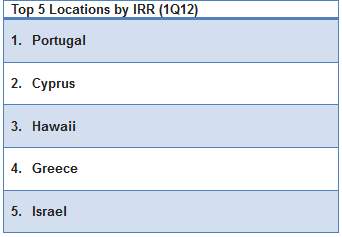
But I've learned something about myself. I live for the bleeding edge, for the technology frontier. Once things seem set, once the byways are established, I tend to lit out for the undiscovered country.
As a journalist, that's my “thing.” Always has been. I sought out the Internet starting in 1983, got into e-commerce in the early 1990s, covered the Internet of Things as early as 2002, and became an open source reporter in 2005, before moving to The War Against Oil a few years ago.
Each has represented a sea change in how we look at life and technology. The Internet is the biggest story of our time, by far, and e-commerce is a big part of it. The War Against Oil will be the biggest story of this decade, returning us all to prosperity and turning today's unemployment problem into tomorrow's labor shortage.
But what comes after that? What comes after is something I've dreamed of since I was a kid. Useful, commercial, consumer robots. Thus I call this section of the blog Asimov Ville. (Asimov wrote his short story The Last Question, in which the universe was created by a robot, in 1964.

Turns out robots are more complicated than Asimov imagined. Senses are more complicated, and mechanicals are a lot more complicated. Intelligence, the “positronic brains” he wrote about so movingly, turns out to be an end in itself. We have computers on our desks, in our hands, online, in the cloud. We have supercomputers like Watson and single-chip computers in our burglar alarms. None has yet achieved anything like sentience, a clear consciousness operating separately from its programming.
But we're moving in that direction.
Same thing with senses. Microsoft's Kinect, Nintendo's Wii and Apple's Siri aren't just interfaces between us and our games. They can be interfaces between computers and their environment, between robots and their environment. Thus the idea of a robot named Nao petting a cat.
The new industry is emerging from a variety of sources:
-
From the military. Just as with the Internet, so the military's budget, and its mission-oriented attitude, is fueling the robotic revolution. One direct result is Ekso Bionics' artificial skeletons, which help paralyzed people “walk.” Now, can a robot walk on a sandy beach? Yes.
-
From consumer electronics. The Roomba launched a new market, now with competition. LG of Korea has finally added water to this capability. It's a bigger step than you think.
-
Makers. The Maker movement sees robotics as a Holy Grail, as a goal it wants to move toward. An entire generation of kids have taken up Dean Kamen's dream, and that dream now goes around the world. It's the brains, the hands, the the imagination of this generation that will make robots possible. Almost every week you will find stories like Qbo, a robot that flirts with other robots , or Boxie, a robot that gets by on its looks.

And if there's going to be an industry, then we must have some boosters, right?
Current estimates for “living” robots put them 15-20 years away, but that may yet be within my lifetime. Meanwhile there's a whole frontier to explore and even casualties to mourn.
Join Me.









